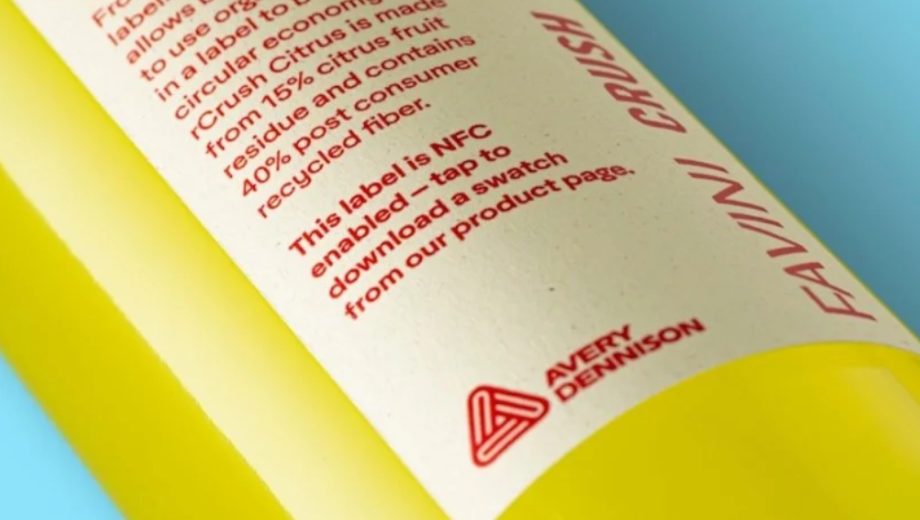Having clear visibility over a supply chain has become even more important during the pandemic, which has disrupted many organisations’ operations. Covid-19 disrupted the manufacture of vital components, shipping routes and ports capacity, as well as causing inflationary pressures and supply shortages. In the UK, the problem was compounded by Brexit, which led to serious labour shortages in many sectors, including manufacturing and logistics. Being able to identify exactly where items are at any point in time, and when they are likely to arrive, can help organisations respond to any challenges, and implement strategies to help avert any crises.
Improving traceability
Until recently, though, implementing effective traceability has proved difficult. "Since the 1970's, the fashion industry has essentially outsourced all production across vast geographies," says Jason Kibbey, CEO of technology platform Higg. "As a result, the supply chain has been highly disaggregated. Until about 10 years ago, most companies didn't even know the makeup of the various components of their supply chain. Collecting information meant either embarking on a very expensive exercise or a deep amount of collaboration and trust among every aspect of that value chain. There just weren't the resources or availability of information to do that." As a result of this lack of supply chain visibility, poor practice has been able to continue, with devastating results for the planet.
Now, though, things are starting to change. atma.io is the expression of the vision of the Fortune 500 global materials science company Avery Dennison: To connect physical and digital worlds by assigning unique digital IDs to everyday items. “Atma is Sanskrit for the word ‘soul’, and the idea is that a soul is something that persists throughout a life’s journey,” explains Winograd. “If you think about the soul of a product, it’s a unique identity and if you peer into the soul of a product you can learn what has happened throughout the product's lifecycle. With that information, you’re then able to learn from the product, to find out how it’s made, what it’s made of, how to give it a second life or extend its life, and how to authenticate its impact on the world.”



